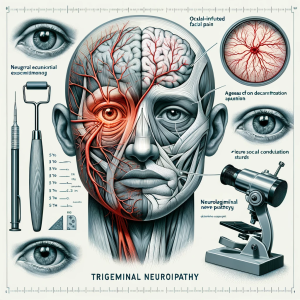
Abstract: This article explores the burgeoning evidence linking the use of electronic cigarettes (e-cigarettes) to cardiovascular disease (CVD), delving into the mechanistic pathways, clinical implications, and future research directions.
1. Introduction: The rise in e-cigarette use, especially among younger populations, has sparked significant health concerns, particularly regarding their potential role in cardiovascular disease. Unlike traditional cigarettes, e-cigarettes deliver nicotine through vaporized liquid, posing unique health risks.
2. Mechanistic Insights: E-cigarettes are known to contain various substances, including nicotine, flavoring agents, and propylene glycol. Nicotine, a known cardiovascular stimulant, can increase heart rate and blood pressure, potentially leading to long-term cardiovascular risks.
2.1 Impact on Endothelial Function: Studies have indicated that e-cigarette use impairs endothelial function and increases oxidative stress and inflammation, key contributors to atherosclerosis. The inhalation of vaporized substances can cause endothelial dysfunction and arterial stiffness.
3. Clinical Evidence: Epidemiological studies have begun to show an association between e-cigarette use and increased cardiovascular risk. These include heightened risks of myocardial infarction, stroke, and coronary artery disease.
3.1 Comparisons with Traditional Cigarettes: While traditional cigarette smoking is well-established as a major risk factor for CVD, the relative risk associated with e-cigarettes is still being elucidated. Initial findings suggest that e-cigarette use is not free from cardiovascular risk.
4. Public Health Implications: The increasing prevalence of e-cigarette use and its potential cardiovascular implications pose a challenge for public health. Clear messaging and regulations regarding the cardiovascular risks of e-cigarettes are imperative.
4.1 Regulatory and Policy Considerations: Regulatory bodies are called to scrutinize e-cigarette safety and to implement policies that safeguard public health, particularly among youth and young adults.
5. Conclusion: While e-cigarettes are often perceived as a safer alternative to traditional cigarettes, emerging evidence suggests significant cardiovascular risks. Healthcare providers should be aware of these risks and counsel patients accordingly.








